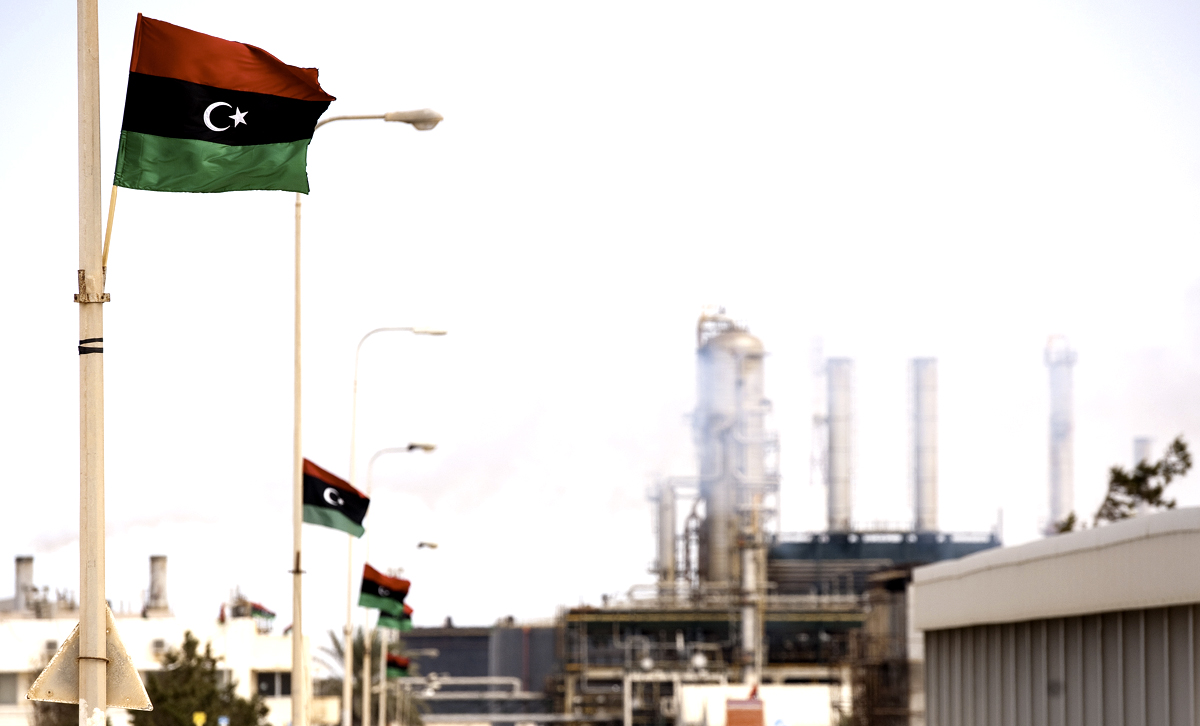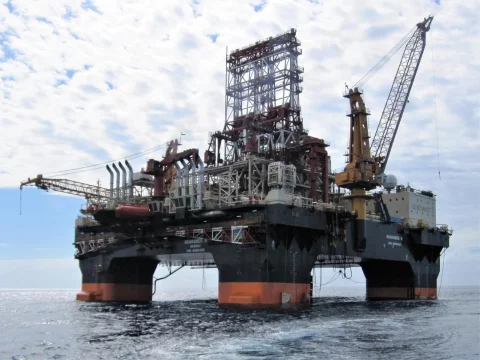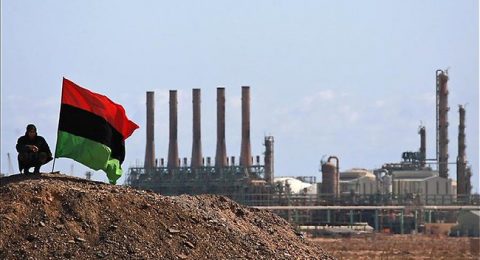Libya’s crude oil revenues decreased to around $10.2 billion (LYD 14.3 billion) during H1 2019, decreasing by 11.2% compared with the same period last year, Reuters reported.
Oil revenues accounted for 92.8% of the Libyan total public income in the first six months of 2019, as shown by the data of the Central Bank of Libya (CBL).
Meanwhile, subsidies represented 19.4% of public expenditure, while salaries accounted for 55.6% of the total state spending.
The Libyan government imposed a 183% fee on hard currency transactions in September 2018, in order to narrow the gap between official and black market exchange rates, which led to devaluing the Libyan Dinar.
Libya plans to increase oil output from its existing fields to reach 1.4 million barrels per day (b/d) by the end of 2019 and 2.1 million b/d by 2023, according to the National Oil Corporation (NOC).
It was reported in March that Libyan crude production increased from around 900,000 b/d to 1.2 million b/d.












